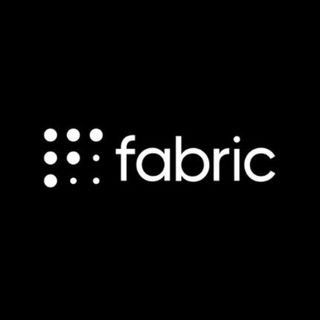352 reads
An In-Depth Look at Shopify Plus: The Last E-Commerce Monolith
by
June 15th, 2021

Headless commerce platform that helps businesses deliver world-class buying experiences
About Author
Headless commerce platform that helps businesses deliver world-class buying experiences